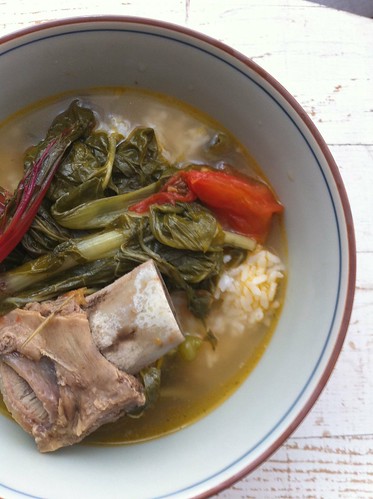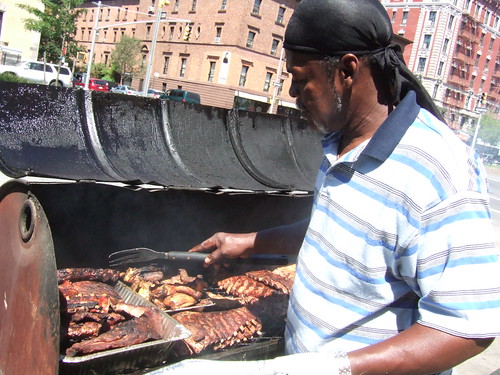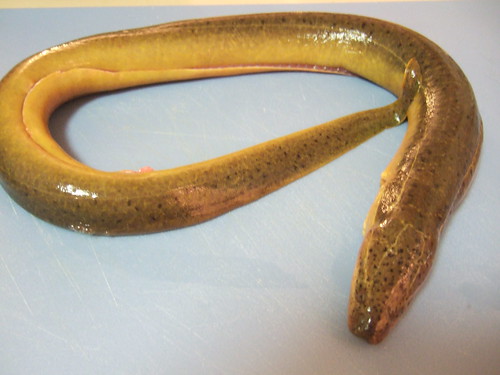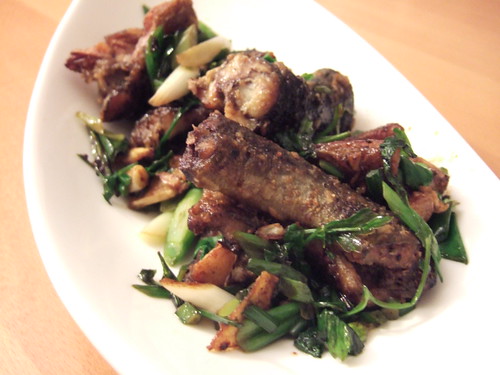After a couple of hours of sleep in a hotel in Dublin, we set off for the Mourne Mountains in Newcastle. Martin McGuigan met us for tea and sandwiches to talk to us about Walk on the Wild Side and to tell us about the day’s itinerary. He has been running his company for about three years, but he has been involved in outdoor activities all his life. Who better to take you to walk up the Mourne than an active Northerner?
It had been drizzling on and off, so we made sure we packed our raincoats. During our drive, Martin sang the famous Mountain of Mourne song for us by Percy French. It was very appropriate because our drive along the coast consisted of dips and uphills, allowing us to catch a glimpse of the small-town lifestyle against the Irish Sea. I had a smile on my face when he was singing—it was what I expected from the people I was to meet during this trip. I hadn’t been in the country for more than twenty-four hours, and I was already pleased.
We started our hike along the Bloody River, and Martin talked to us about the Mourne. Its highest peak is called the Slieve Donard, and it goes up to about 2,700 feet. The mountains only occupy a small part of the county of Down in Newcastle, but there are over twenty hikes to be done in the area, from short walks and strolls to longer treks. The Mourne is also known for the dry stone walls that encase the two reservoirs in the Silent Valley, which provides water for most of Northern Ireland.
I saw my first rainbow in Ireland, but we did not make it too far up because the rain would not let up. We paused to share the cake and tea that Martin packed, and we began our descent back to our car.
Related post/s:
The Mourne Mountain photos on Flickr
I walked with Marty McGuigan






